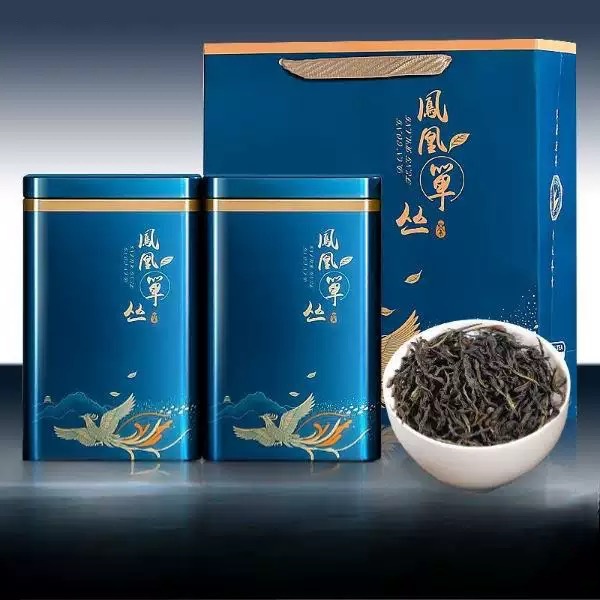
# The Cultural Significance of Oolong Tea in China
The Cultural Significance of Oolong Tea in China
Oolong tea, known as “wulong cha” (乌龙茶) in Chinese, holds a special place in China’s rich tea culture. This partially oxidized tea variety bridges the gap between green and black teas, offering a complexity of flavors that has captivated tea drinkers for centuries.
Historical Roots of Oolong Tea
The origins of oolong tea can be traced back to the Fujian province during the Ming Dynasty (1368-1644). Legend tells of a tea farmer named Wu Liang who discovered the unique processing method after being distracted by a deer while harvesting tea leaves. The name “oolong” translates to “black dragon,” possibly referring to the dark, twisted appearance of the tea leaves or the dragon-like shapes they form when brewed.
Regional Variations and Production
China boasts several famous oolong-producing regions, each with distinct characteristics:
- Fujian Province: Home to Tieguanyin (Iron Goddess of Mercy) and Da Hong Pao (Big Red Robe) varieties
- Guangdong Province: Produces the famous Phoenix Dancong oolongs
- Taiwan: Known for high mountain oolongs like Dong Ding and Alishan
Cultural Practices and Tea Ceremonies
Oolong tea plays a central role in traditional Chinese tea ceremonies, particularly the Gongfu tea ceremony which emphasizes the art of tea preparation. This ritual involves:
- Careful selection of teaware (typically Yixing clay pots)
- Precise water temperature control
- Multiple short infusions to appreciate the tea’s evolving flavors
- Mindful appreciation of aroma, taste, and aftertaste
Symbolism and Philosophical Connections
Oolong tea embodies several important concepts in Chinese philosophy:
| Concept | Connection to Oolong Tea |
|---|---|
| Yin-Yang Balance | Represents the perfect balance between oxidation levels |
| Daoist Principles | Emphasizes harmony with nature in cultivation |
| Confucian Values | Tea as a medium for social harmony |
Modern Significance
Today, oolong tea remains an important part of Chinese cultural identity and daily life. It serves as:
- A symbol of hospitality when offered to guests
- A health-promoting beverage with numerous benefits
- A connection to tradition in modern society
- An important export product representing Chinese culture
From imperial courts to modern tea houses, oolong tea continues to be cherished for its depth of flavor, cultural significance, and ability to bring people together in appreciation of one of China’s most treasured gifts to the world.